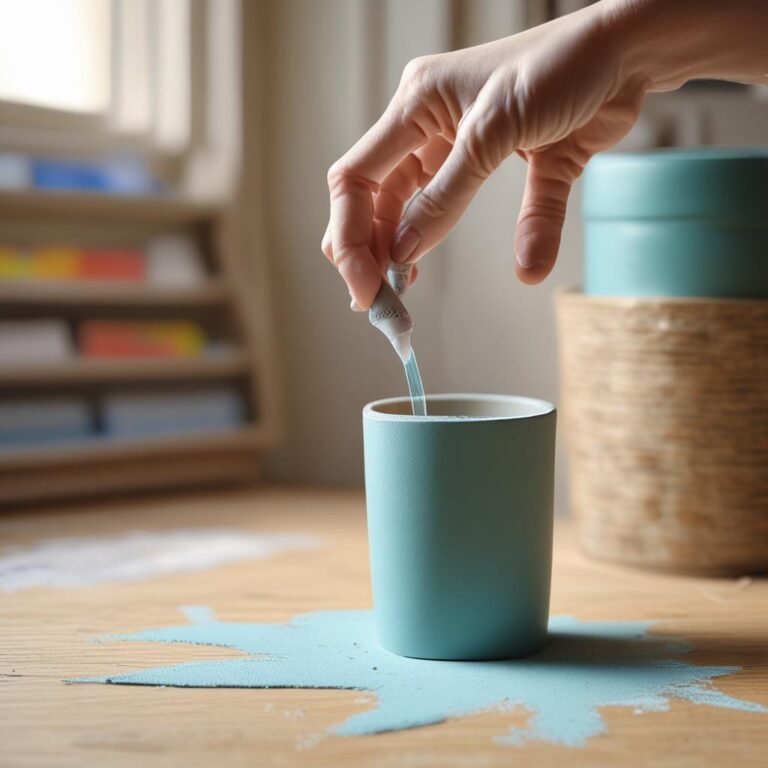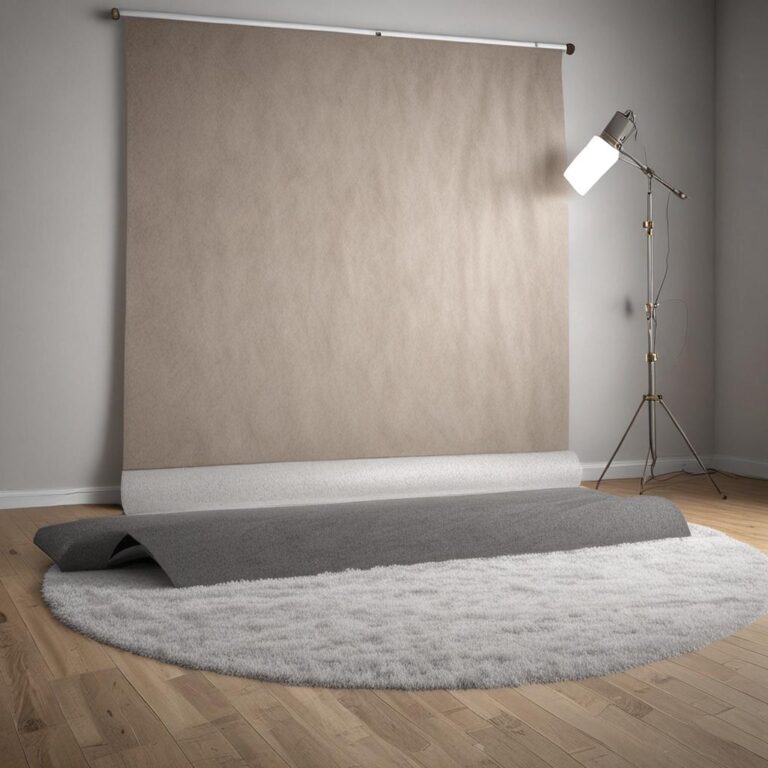How Long Does Paint Take to Dry
Have you ever wondered why some paint jobs dry in hours while others take days? Understanding how long paint takes to dry is essential for achieving a smooth, professional finish without compromising the durability of your project. Whether you’re painting a room, a piece of furniture, or a large surface, drying times can vary dramatically based on multiple factors. From the type of paint you choose to the conditions in your workspace, every detail plays a role in the process. This guide breaks down everything you need to know about paint drying times, including tips to accelerate the process and avoid common pitfalls. Let’s dive into the details to ensure your next painting project goes off without a hitch.
Factors Affecting Paint Drying Time
Type of Paint
Water-based latex paints are known for drying quickly, usually within an hour, while oil-based counterparts can take 6 to 8 hours to touch-dry. This difference stems from the solvents used—water evaporates faster than oil. Specialty paints like chalk paint, which dries almost instantly, or epoxy, which requires a full 24 hours to cure, also have distinct drying profiles. Choosing the right paint type for your project is the first step in managing expectations about drying time.
Environmental Conditions
Temperature, humidity, and airflow significantly impact drying speed. Warmer air (around 70°F or 21°C) and low humidity create ideal conditions for fast drying. Conversely, cold or damp environments can extend drying times by up to 50%. Use fans or dehumidifiers in poorly ventilated spaces to maintain steady airflow and reduce moisture levels.
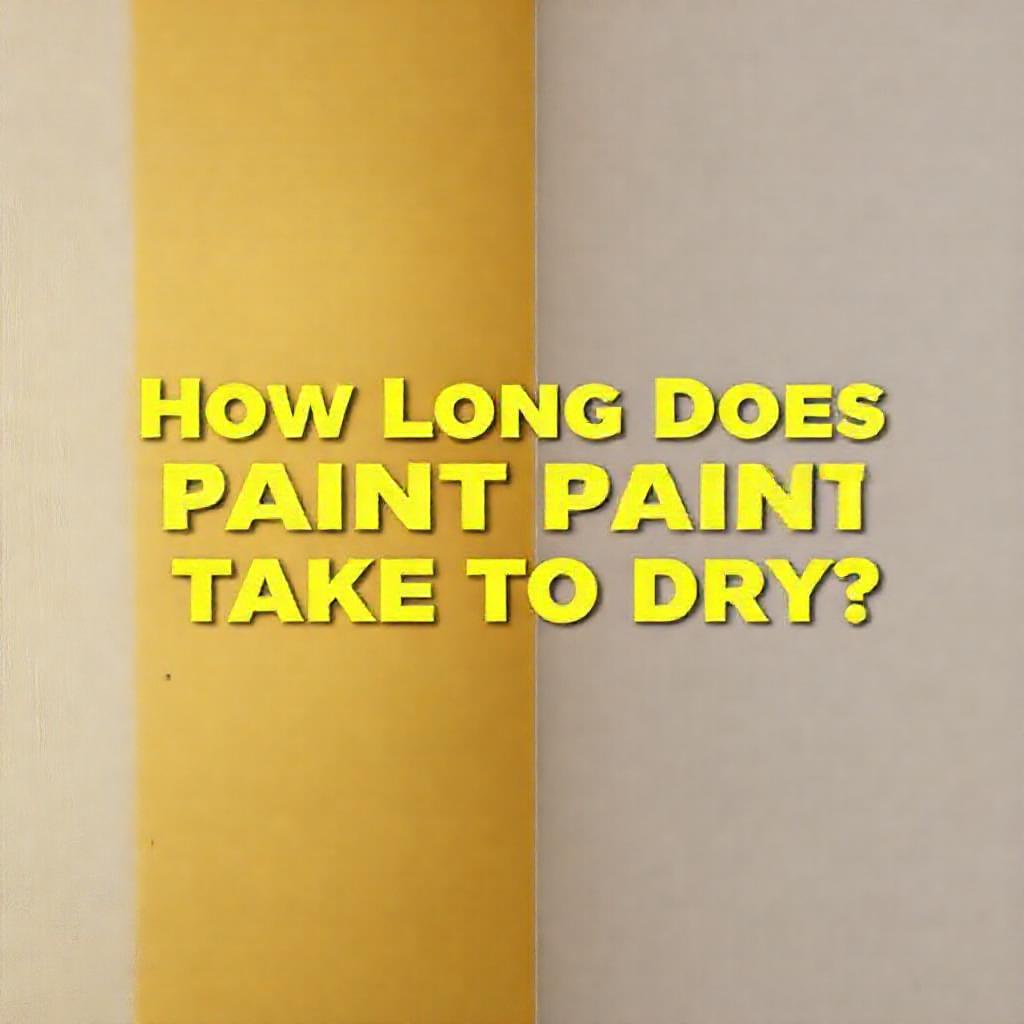
Surface Material
Porous surfaces like wood or drywall absorb paint, often speeding up the drying process compared to non-porous materials like metal or glass. For instance, a stained wood surface might dry faster because the paint penetrates the material, whereas metal surfaces tend to sit on the top layer, requiring more time to set. Always prepare and clean surfaces properly to ensure consistent drying.
Application Thickness
Thick paint layers take longer to dry and can lead to drips or uneven texture. Applying thin, even coats allows each layer to cure properly, reducing the risk of defects. Use a high-quality brush or roller and avoid overloading the tool with paint to maintain an optimal application thickness.
Drying Times for Different Types of Paint
Latex Paint
Latex paint typically dries to the touch within 1 to 2 hours and is ready for a second coat after 4 hours. However, in cooler or more humid settings, it may take longer. For best results, stick to the manufacturer’s guidelines and avoid recoating too soon.
Oil-Based Paint
Oil-based paints have a slower drying process, often requiring 6 to 8 hours to touch-dry and 24 hours before recoating. The oil in the formulation prolongs evaporation, making these paints heavier and more durable but also more challenging to work with in tight deadlines.
Primer
Primer dries faster than paint, usually within 1 to 2 hours, depending on the type and environment. It acts as a base to seal surfaces and improve paint adhesion. Skipping primer can lead to longer drying times for the topcoat and a less consistent finish.
Progress Overview
Progress analysis for How Long Does Paint Take to Dry
Specialty Paints
Chalk paint dries to the touch in about an hour but needs a sealant for durability. Spray paint, often used for small projects, dries in 20 to 30 minutes, though full curing may take 24 hours. Epoxy paints, common for garage floors, require 24 hours to cure completely for maximum strength.
How to Speed Up Paint Drying
Optimal Environmental Setup
Control the environment by maintaining a warm, dry, and well-ventilated workspace. Open windows, use fans to circulate air, and consider a dehumidifier in high-humidity areas. Avoid painting in temperatures below 50°F (10°C) or when humidity exceeds 85%.
Using Fast-Drying Paint Products
Opt for fast-drying latex paints or alkyd-based products for quicker results. Some brands offer additives that reduce drying times when mixed into oil-based paints. Always check labels to confirm compatibility and instructions.
Proper Application Techniques
Apply paint in thin, even strokes to avoid pooling. Use a brush or roller with the right nap thickness for your surface—shorter naps work better for smooth finishes. Multiple thin coats, spaced appropriately, are more effective than one thick layer.
Tools to Help Paint Dry Faster
Position fans directly over painted surfaces to increase airflow. In large, poorly ventilated rooms, a dehumidifier can cut moisture levels. Space heaters can also help, but avoid overheating, which might cause the paint to dry too quickly and crack.
How to Know When Paint is Fully Dry
Touch Test
Lightly touch the painted area with your finger after a few hours. If it feels dry and leaves no mark, it’s ready for the next step. For oil-based paints, wait until it no longer feels greasy.
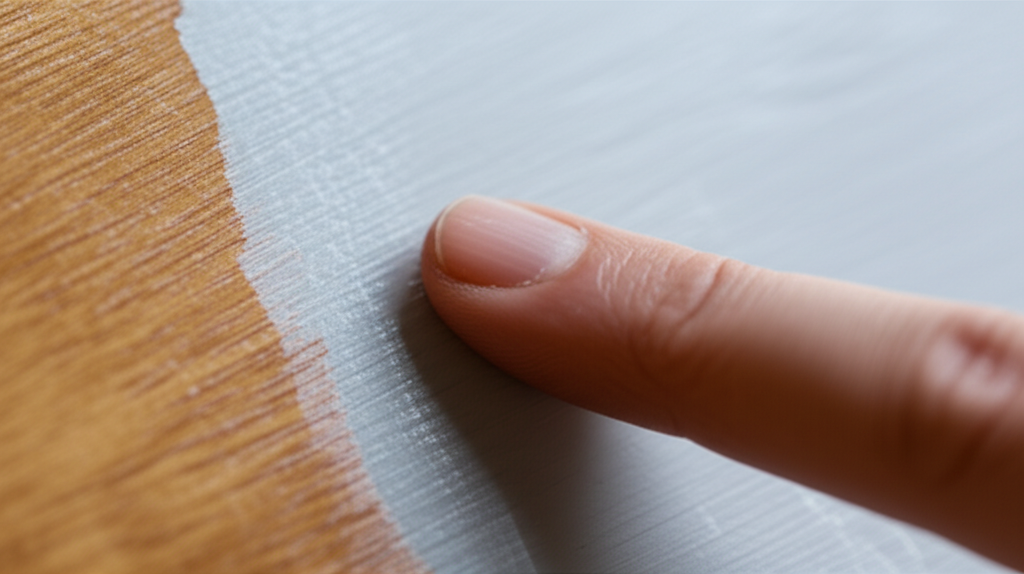
Visual Cues
Observe the paint’s appearance. A fully dry finish should have a uniform color and no residual sheen. If the surface looks wet or glossy, it’s not ready for handling or recoating.
Time Guidelines
While drying to the touch might take hours, full curing can take days. For example, latex paint reaches full hardness in 24–48 hours, while oil-based variants may need up to a week. Always follow the curing time recommended by the manufacturer for optimal results.
Common Mistakes That Extend Drying Time
Applying Thick Coats
Thick layers trap moisture and prolong drying. Use a paint grid or tape to apply coats evenly. If you need a second coat, wait until the first is completely dry to avoid muddying the finish.
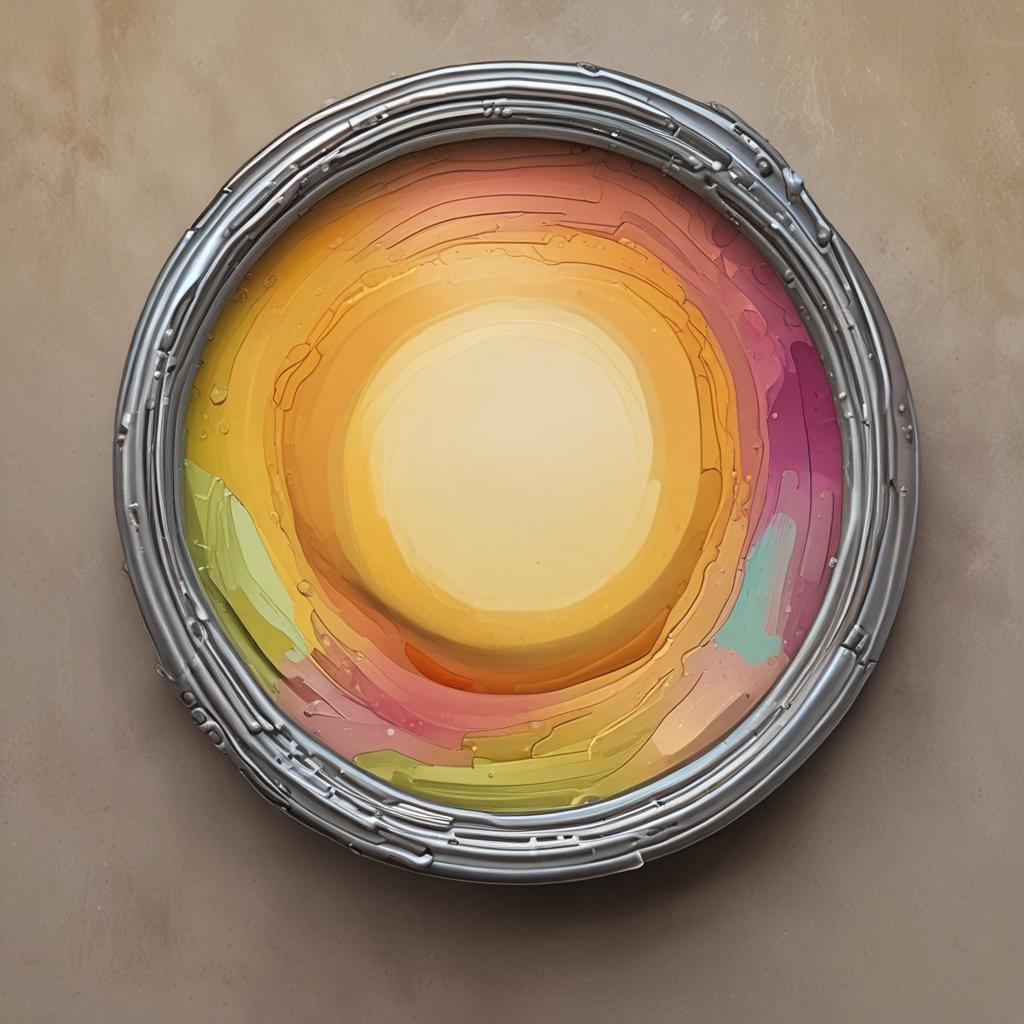
Painting in Poor Conditions
High humidity or cold temperatures can double drying times. Avoid painting during rain or in drafty, chilly rooms. Use weather forecasts to plan indoor and outdoor projects for optimal conditions.
Skipping Primer
Primer ensures even absorption and helps paint dry faster. Without it, surfaces like drywall or bare wood may leach moisture unevenly, causing delays. Invest in a quality primer for faster, more reliable outcomes.
Conclusion
Understanding how long paint takes to dry is crucial for any project’s success. By considering paint type, environmental factors, and surface preparation, you can work efficiently while avoiding costly errors. Use proper application techniques and tools to speed up the process, but don’t rush—patience ensures a flawless finish. Whether you’re a DIY enthusiast or a professional painter, mastering these elements will elevate your results and save you time in the long run.
FAQ
How long does it take for paint to dry to the touch?
Latex paint dries to the touch in 1–2 hours, oil-based paint in 6–8 hours, and spray paint in 20–30 minutes. Chalk paint can be dry in about an hour, but always apply a sealant after it’s fully cured.
Can I speed up paint drying with a fan?
Yes, fans increase airflow and help moisture evaporate faster. Use them on low settings to avoid disturbing wet paint. Positioning fans at an angle to direct airflow over surfaces is most effective.
How long should I wait before applying a second coat of paint?
For latex paint, wait 4 hours between coats. Oil-based paint requires 24 hours. Always confirm with the product’s instructions, as some fast-drying varieties may allow quicker recoating.
Does humidity affect paint drying time?
High humidity can extend drying times by slowing evaporation. In humid conditions, use a dehumidifier or delay painting until the air is drier. Ideal humidity for most paints is below 50%.
What’s the difference between drying and curing?
Drying means the paint’s surface is no longer wet, but curing is the full hardening process. Curing can take days or weeks and is critical for durability. Rushing before full curing may result in a weak finish.





